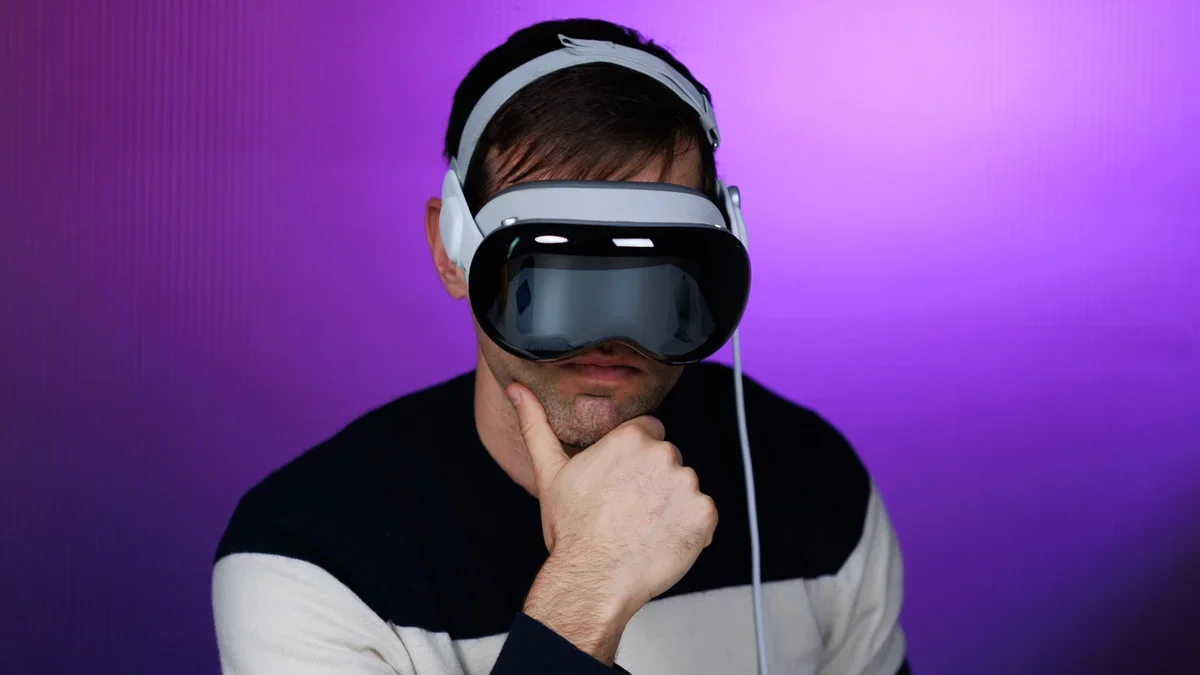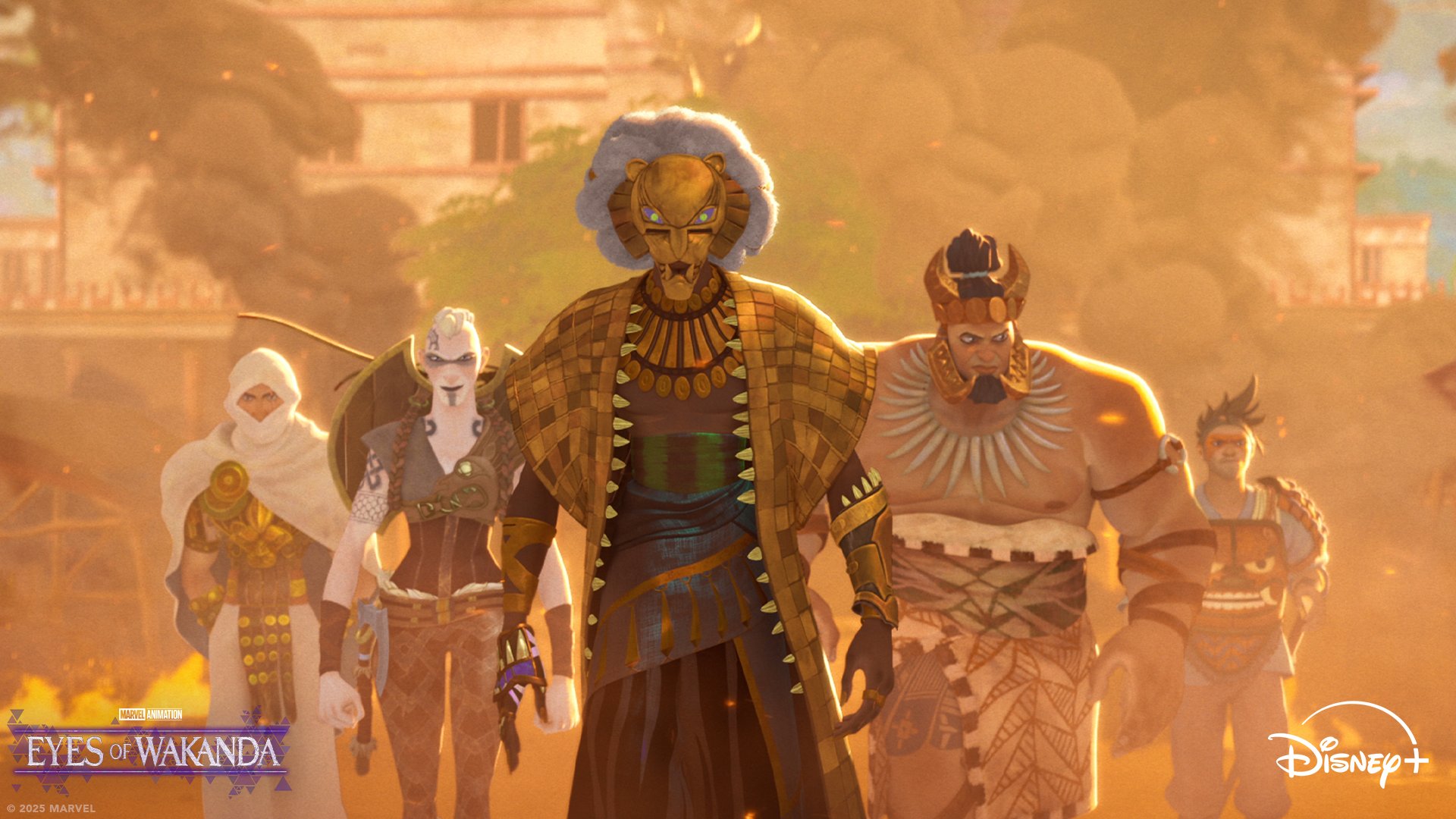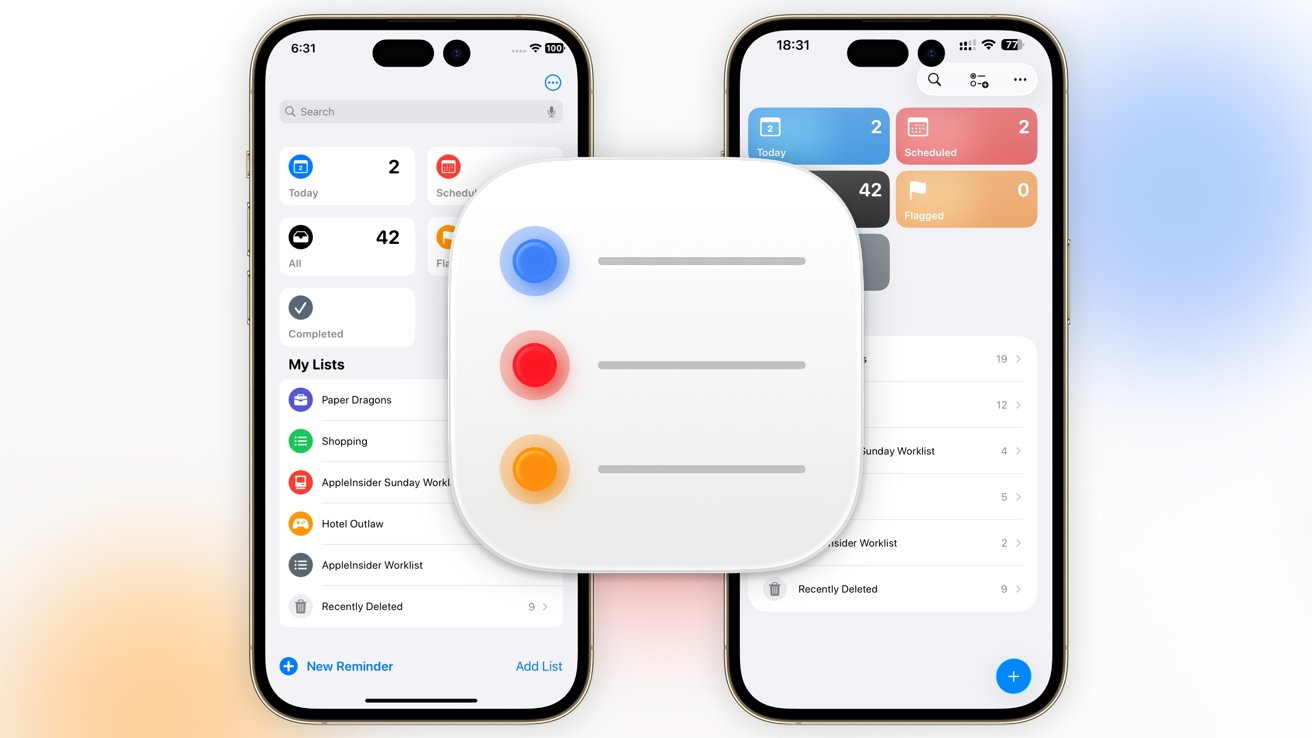The defendant worked on the unit conducting R&D for the Vision Pro spatial computer
The Vision Pro mixed reality headset uses augmented reality (AR) and virtual reality (VR). The latter uses audio, visual, and other features to immerse the user in a computer created environment. Augmented reality uses computer generated images and superimposes them over a real-life video feed. Information revealed in the lawsuit and in Liu’s LinkedIn profile revealed that when he left Apple, the design engineer took a new job with Snap, Inc, the parent company of AR-powered social media app Snapchat.
Snap also sells a wearable product called “Spectacles.” The latest versions of these AR glasses are for app designers only. Using dual Snapdragon processors, these glasses can be run independently without being tethered to a smartphone or another device for processing data. When Liu left Apple, he did not mention to the company that he had received a job offer from Snap two weeks before his departure.
The lawsuit filed by Apple said that this meant “he (Liu) would soon start working in a product design role at Snap substantially similar to the role he held at Apple.” The lawsuit explained why Apple allowed him to stay at Apple for a two week period before leaving the company. “Because Mr. Liu did not inform Apple that he was departing to work on another company’s product, Mr. Liu was permitted to stay on at Apple for the standard two-week departure period rather than immediately losing access to Apple’s proprietary information.”
Liu didn’t tell Apple about the job offer he received from Snap
Apple claims that three days before leaving Apple, Liu used his credentials to download thousands of Apple documents containing trade secrets and upload them into his personal cloud storage. According to the lawsuit, the info he downloaded had to do with product design, quality control, and strategies related to the supply chain.
“The overlap between Apple’s proprietary information that Mr. Liu retained and Snap’s AR products (for which Mr. Liu is a ‘product design engineer’) suggests that Mr. Liu intends to use Apple’s proprietary information at Snap.”
-Apple’s lawsuit
Apple was able to examine Liu’s company-issued computer, which he used to download company secrets and send a copy to his cloud storage. The lawsuit says that the defendant has violated his confidentiality agreement and seeks unspecified damages. It also wants the court to order Liu to return stolen trade secrets and undergo an examination of his electronic devices in case there are more stolen Apple trade secrets hidden on them.
The suit also states, “Mr. Liu’s actions were deliberate. Logs on his Apple-issued work laptop show that Mr. Liu individually selected the folders he copied and, in some cases, renamed and reorganized them after moving them to his personal cloud storage account.” Snap was not named as a defendant or accused of any wrongdoing in the lawsuit. It said it had reviewed the claims in Apple’s lawsuit, and had “no reason to believe they are related to this individual’s employment or conduct at Snap.”








